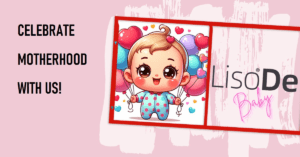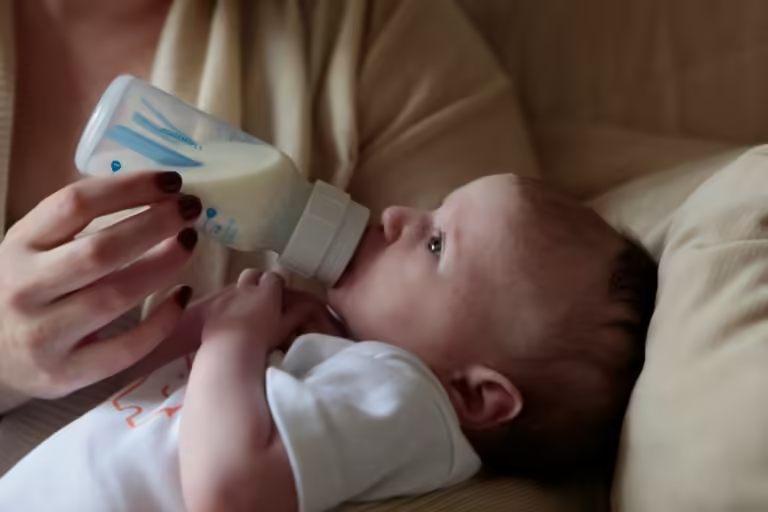Unveiling the Mystery: Why Your 4-Month-Old Isn’t Babbling (Yet)
The cooing, the gurgling, the babbling – these delightful sounds are music to any parent’s ears. But what if your 4-month-old isn’t producing them yet? While it’s natural to worry, there’s no need to panic. Understanding the nuances of early communication development can alleviate anxieties and provide valuable insights.
First Things First: Milestones Are Guidelines, Not Rigid Rules
Every baby develops at their own pace. While some may be vocalizing like miniature maestros at 4 months, others may be more focused on mastering physical milestones like rolling or reaching. Comparing your child to a rigid timeline is a recipe for stress. Instead, consider these milestones as loose guidelines, acknowledging the beautiful diversity in developmental journeys.
Exploring the World Beyond Babbling:
Remember, communication is more than just babbling. Look for other ways your little one is interacting with the world:
- Smiling and making eye contact: These nonverbal cues signal engagement and receptiveness, laying the foundation for future communication.
- Responding to sounds and voices: Does your baby perk up at your voice or turn towards familiar sounds? This demonstrates an awareness of their auditory environment.
- Vocalizing in their own way: Even if it’s not the classic “ba-ba-ba,” any vocalizations, from gurgles to squeals, show your baby is experimenting with sound production.
The Symphony of Communication:
Early communication development is a complex orchestra, with various instruments playing their part:
- Hearing: A crucial foundation, good hearing allows your baby to perceive and discriminate sounds, essential for speech development.
- Brain development: Neural pathways are rapidly forming, creating the infrastructure for language processing and production.
- Social interaction: Engaging with caregivers and other children provides opportunities for practice and feedback, shaping communication skills.
Encouraging the Vocal Symphony:
Your role as a parent is to be the conductor, nurturing your baby’s communication development:
- Talk, talk, talk!: Engage in frequent conversations, narrate your day, sing songs, and read books. Expose your baby to a rich tapestry of language.
- Respond and react: Show enthusiasm for your baby’s vocalizations, even the seemingly nonsensical ones. This positive reinforcement encourages further exploration.
- Make it interactive: Play games like peek-a-boo or “pat-a-cake” that involve turn-taking and vocal exchanges.
- Create a stimulating environment: Surround your baby with sounds, music, and books. Let them explore different textures and objects, sparking curiosity and fueling communication.
When to Seek Guidance:
While most babies start babbling between 4 and 6 months, some may take longer. However, if you have concerns, don’t hesitate to consult your pediatrician. They can assess your baby’s development and offer guidance if needed.
Remember, comparing your child to others is a futile exercise. Focus on their unique strengths, celebrate their individual journey, and create a nurturing environment that encourages communication in all its forms. With love, support, and a little patience, your little one will find their voice and soon be serenading you with their own symphony of sounds.
Additional Resources:
- American Academy of Pediatrics: https://www.healthychildren.org/English/ages-stages/baby/Pages/default.aspx
- Centers for Disease Control and Prevention: https://www.cdc.gov/ncbddd/actearly/milestones/index.html
- National Institute on Deafness and Other Communication Disorders: https://www.nih.gov/about-nih/what-we-do/nih-almanac/national-institute-deafness-other-communication-disorders-nidcd
I hope this comprehensive article provides you with valuable information and relieves any anxieties you might have. Remember, your baby’s development is a unique and beautiful journey, and you are the perfect conductor to guide them through it.








